A Comprehensive Guide on How to Identify Fake United States Passports
Passports are essential documents that serve as proof of identity, nationality, and the holder’s right to travel internationally. They are issued by governments and are highly sought-after by individuals who engage in illegal activities such as identity theft, human trafficking, or terrorism. Consequently, it is crucial for border control agents, law enforcement agencies, and even ordinary citizens to be able to spot a fake passport. In this comprehensive guide, we will explore the various security features of a genuine United States passport and provide tips on how to identify a fake one.
International Passports for Sale
-
 $3,000.00Rated 5.00 out of 5 based on 3 customer ratings
$3,000.00Rated 5.00 out of 5 based on 3 customer ratingsA Guatemalan passport is an official document issued to Guatemalan...
-
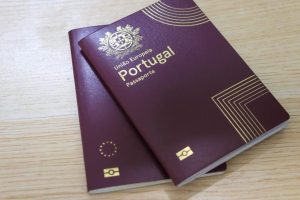 $2,200.00Rated 4.80 out of 5 based on 5 customer ratings
$2,200.00Rated 4.80 out of 5 based on 5 customer ratingsTravel with confidence and ease with the Portuguese Passport! Featuring...
-
 $600.00Rated 4.80 out of 5 based on 5 customer ratings
$600.00Rated 4.80 out of 5 based on 5 customer ratingsBuy Norwegian Passport Online with the following security features: Holographic...
-
 $2,200.00Rated 4.80 out of 5 based on 5 customer ratings
$2,200.00Rated 4.80 out of 5 based on 5 customer ratingsHolographic image: The Spanish Passport features a holographic image of...
-
 $2,200.00Rated 4.86 out of 5 based on 7 customer ratings
$2,200.00Rated 4.86 out of 5 based on 7 customer ratingsBuy Irish Passport with the following security features: Biographical data...
-
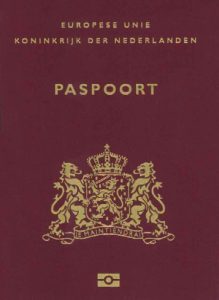 $650.00Rated 5.00 out of 5 based on 10 customer ratings
$650.00Rated 5.00 out of 5 based on 10 customer ratingsBuy Dutch Passport Online with the following security features: A...
-
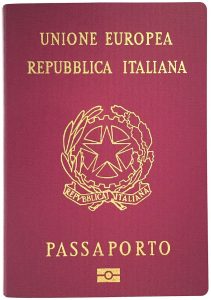 $2,200.00Rated 5.00 out of 5 based on 4 customer ratings
$2,200.00Rated 5.00 out of 5 based on 4 customer ratingsBuy Italian Passport Online with the following security features: Transparent...
-
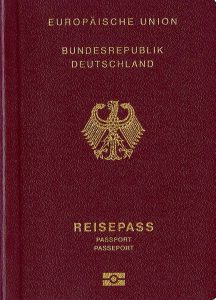 $2,200.00Rated 4.67 out of 5 based on 6 customer ratings
$2,200.00Rated 4.67 out of 5 based on 6 customer ratingsA German passport is an official document issued to German...
-
 $2,200.00Rated 5.00 out of 5 based on 7 customer ratings
$2,200.00Rated 5.00 out of 5 based on 7 customer ratingsA French passport is an official document issued to French...
-
 $3,000.00Rated 4.88 out of 5 based on 8 customer ratings
$3,000.00Rated 4.88 out of 5 based on 8 customer ratingsGet a fake Swedish passport for sale, perfect for entertainment...
-
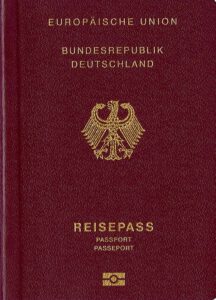 $3,000.00Rated 5.00 out of 5 based on 6 customer ratings
$3,000.00Rated 5.00 out of 5 based on 6 customer ratingsAuthentic-looking and professional-grade fake German passports now available for purchase....
-
 $2,500.00Rated 5.00 out of 5 based on 5 customer ratings
$2,500.00Rated 5.00 out of 5 based on 5 customer ratingsGet a high-quality fake UK passport for sale online. Our...
How to Identify Fake United States Passports
Familiarize Yourself with a Genuine U.S. Passport
Before you can effectively identify a fake passport, it’s essential to become familiar with the appearance and security features of a genuine U.S. passport. As of my last knowledge update in September 2021, U.S. passports are typically blue and contain several critical components:
Biographical Data Page: This page includes the holder’s photograph, personal information (name, date of birth, and place of birth), passport number, issue and expiration dates, and a unique machine-readable zone (MRZ).
Security Features: Genuine passports incorporate various security features, including holograms, watermarks, and UV-reactive ink. These elements are challenging for counterfeiters to replicate accurately.
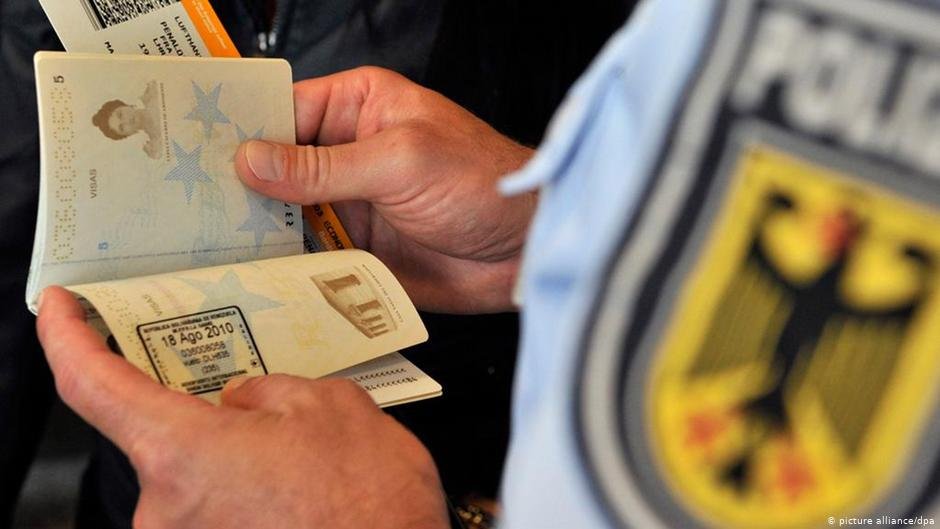
2. Inspect the Passport Holder’s Information
One of the most critical steps in identifying a fake passport is to carefully examine the biographical data page. Pay close attention to the following elements:
Photograph: Ensure that the photograph matches the individual presenting the passport. Look for signs of tampering, such as glued-on photos or irregular edges.
Personal Information: Verify that the personal information matches the holder’s appearance. Discrepancies in height, weight, or other physical characteristics can be red flags.
Passport Number: Check the passport number for consistency and accuracy. It should adhere to a specific format, and any irregularities should be treated with suspicion.
MRZ: The machine-readable zone at the bottom of the biographical data page should contain accurate information and be machine-readable.
3. Examine the Security Features
Genuine U.S. passports are equipped with several advanced security features that are challenging to counterfeit. Here are some key security features to look for:
Holograms: Many U.S. passports include holograms with intricate patterns and symbols. Tilt the passport to see if the hologram changes or shifts.
Watermarks: Hold the passport up to the light to check for a watermark. A watermark should be visible on each page with text or images.
UV Ink: Some security elements are only visible under ultraviolet (UV) light. Using a UV light source can reveal hidden patterns or text.
Microprinting: Genuine passports often feature microprinted text that is too small to be replicated accurately by counterfeiters.
Color-Shifting Ink: Certain parts of the passport may have color-shifting ink that changes when viewed from different angles.
4. Verify the Passport’s Security Paper
Authentic U.S. passports are printed on a specialized security paper that is resistant to tampering and forgery. The paper should have a unique texture and feel. Counterfeit passports are often printed on regular paper and may lack this distinct characteristic.
5. Check for Tampering
Counterfeiters may attempt to alter or tamper with genuine passports to replace the photograph, change the personal information, or modify the expiration date. Look for signs of tampering such as:
- Glue residue or uneven edges around the photograph.
- Visible alterations or corrections in the personal information.
- Sticker overlays on the data page.
Utilize Technology
Modern technology can aid in passport verification. Border control agents and immigration officers often use specialized equipment, such as document scanners and UV lights, to verify the authenticity of passports. While these tools may not be readily available to the average person, they are essential for professionals in this field
Conclusion
Identifying a fake United States passport requires a keen eye for detail and a thorough understanding of the security features present in genuine documents. While this guide provides an overview of the key elements to look for, it is essential to stay up-to-date with the latest security features and trends in passport counterfeiting.
If you suspect that you have come across a fake passport, it is crucial to contact the appropriate authorities immediately, such as the U.S. Department of State or local law enforcement agencies. Combating passport fraud is a collective effort, and your vigilance can help maintain the integrity of this critical travel document.
Where to Buy Fake Passports on the Dark Web
If you are looking to buy fake documents on the dark net, Darknetdocuments.com is known to provide the best novelty documents with very high quality which you won’t find anywhere else on the dark web. Contact us now for best deals through any of the following contact information;
- Whatsapp: +1 415 937 8544
- Telegram: +1 415 937 8544
Sources:
In order to come up with this beautiful peace of write up, we read and copied some contents from other amazing writers/bloggers. Below is a list of sources we used;
- https://www.lawinsider.com/dictionary/fake-document
- https://preferredbynature.org/newsroom/fake-documents-how-spot-them-and-what-do-about-them
- https://sbedirect.com/en/blog/article/how-many-fake-documents-circulate-in-and-outside-your-company.html
- Fake documents online in the United States
